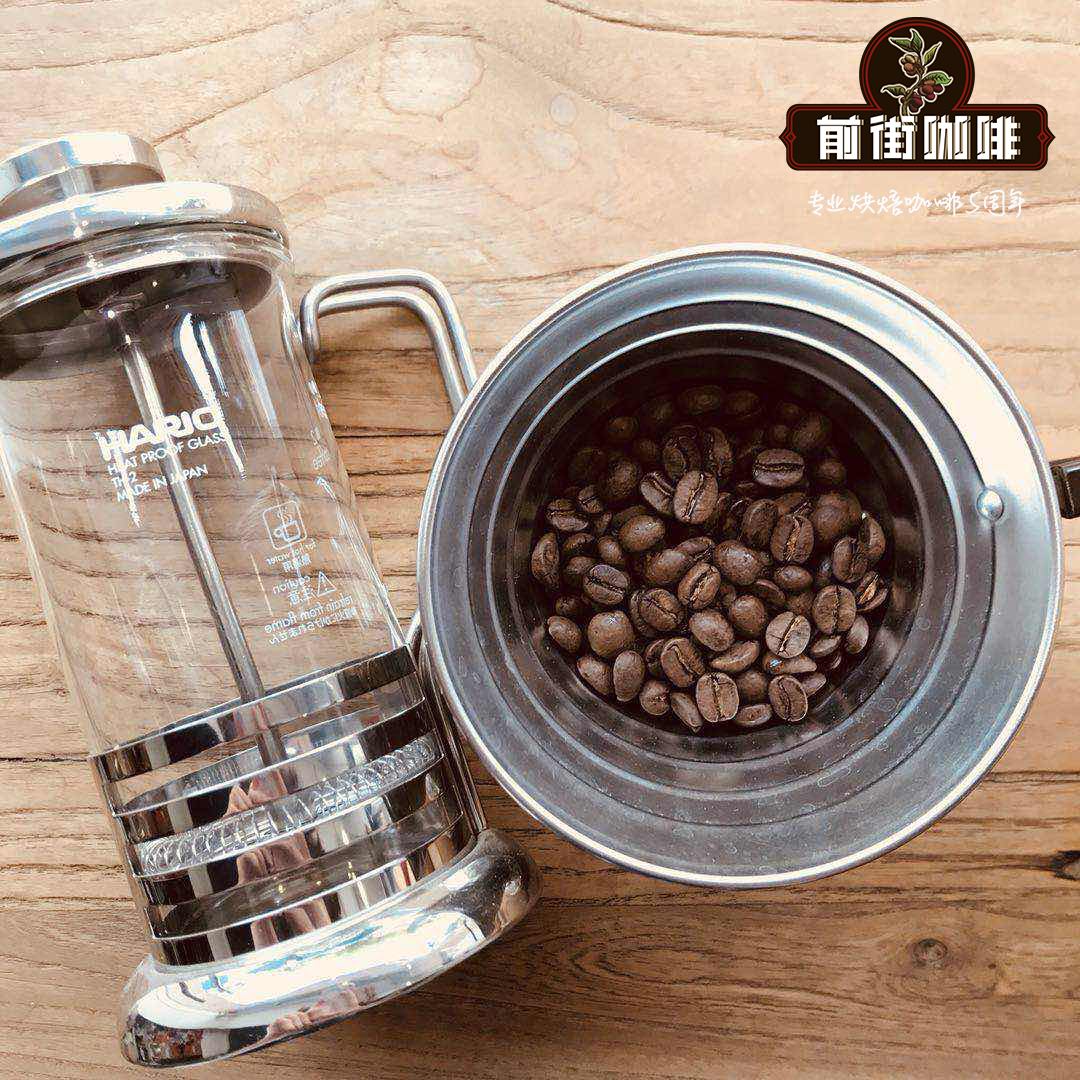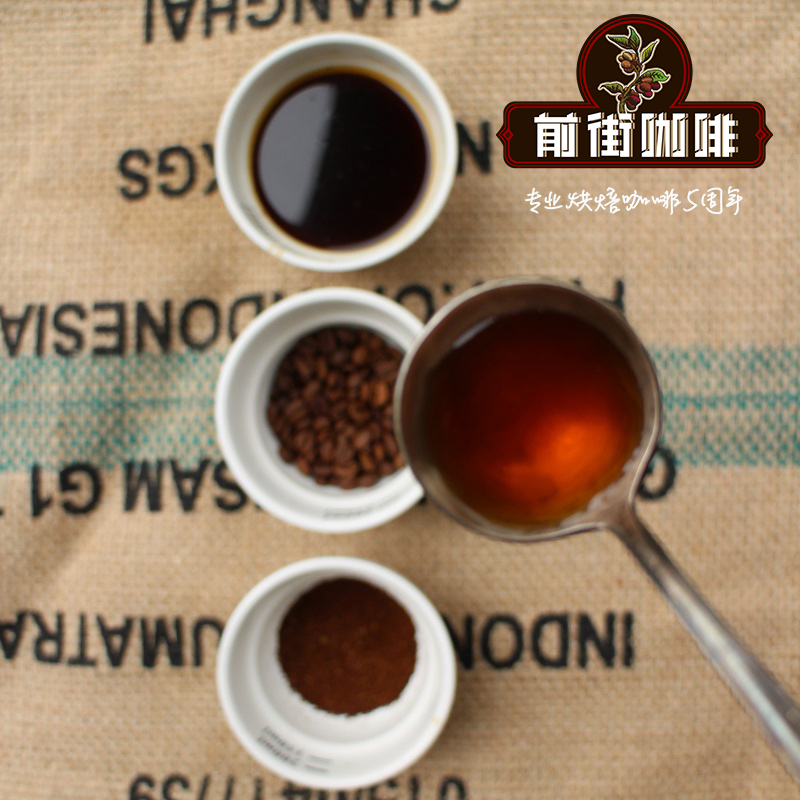What are the planting conditions of Bolivian coffee beans-Sinaport Cenaprco cooperative PB round beans

Professional coffee knowledge exchange More coffee bean information Please pay attention to coffee workshop (Weixin Official Accounts cafe_style)
Bolivia Coffee Beans-What are the conditions for growing PB round beans in Cenaprco Cooperative? How to cook with V60?
Sinaport Cenaprco is Bolivia's outstanding coffee cooperative. It was the winner of the two coffee competitions in 2003 and 2004. It has always maintained good quality. The coffee farmers affiliated to Cenaprco must have produced their coffee in the top 10 of the coffee competition. This time, it was introduced by the Fair Trade Association.(Fair Trade) Certified Sinaport Cooperative, coffee grown at Montana Coffee Farm at 4600 to 6000 feet above sea level, in moist subtropical virgin forest with rich soil, coffee is hand-picked mature coffee.
Bolivia's coffee industry began to develop only in the late 1950s, but for a long time Bolivia was dominated by cheap, low-quality coffee production, which was not valued in the fine coffee market until Marcos Moreno's input. Marcos Moreno, who was born in Panama into a coffee family, moved to Bolivia and entered the coffee industry in Yungas, a new boutique coffee town in the mountains of southwestern Bolivia. Since high-quality coffee output can effectively help producers increase their income, Marcos is committed to assisting local farmers to create high-quality coffee. Marcos believes that to produce good coffee in Bolivia, traditional Typica coffee needs to be grown.
Bolivia is known as an ancient plateau country. Coffee is mainly produced on plateaus above 2,000 meters above sea level. Most coffee is processed and marketed by cooperatives composed of small coffee farmers. In the early days, coffee was mainly washed Arabica species. In recent years, coffee produced in Bolivia in South America has great potential. But because transportation couldn't get the season's coffee out, there was little of him on the market, a problem that kept Bolivian coffee traditionally organically farmed. Nordic countries such as Netherlands, Finland and Germany are the largest sales regions.
It is also a coffee variety known for its excellent flavor; the high altitude environment necessary for producing high-quality coffee, especially the Andes Mountains, provides unique production conditions. With USAID's assistance, Marcos built a coffee processing plant outside Caranavi, a regional coffee cooperative called Cenaproc. The cooperative buys coffee cherries from small farmers around the town, processes them and sends them to Peru via La Paz, the capital, for export by ship. Here, drying before transportation is key to quality: Bolivia, located in the interior of South America, can be dried first in Caranavi, allowing the sweet and bright nature of the coffee to emerge. Cenaproc is a Caranavi Fair Trade certified cooperative consisting of approximately 85 small coffee farmers who grow their coffee in a natural shade and organic way. Cenaproc first achieved top three and fifth place in the COE competition in 2004 and continues to perform well.
Bolivia's PB round beans have a similar style to Costa Rica's round beans, which are mainly fruity, but Bolivia's round beans have a refreshing, delicate and gentle elegance, and are not as strong as African round beans. The rich taste is complex and changeable. She's comfortable, calm, elegant, good coffee.
Bolivian round beans Coffee beans appear consistent in size and color.
Light Roast City (Fragrance): This roasting degree is the most elegant presentation way of Bolivia PB round beans. After grinding coffee, the aroma presents sesame flavor. After the first water injection, the waiting period (let the coffee fully wet for about 20 seconds) wet aroma has the fruit fragrance of white wine. Acid is not her strong point and can even be covered by sweetness. The whole feeling revolves in a refreshing and delicate atmosphere. The aftertaste has the sweetness of wheat tea and rice, smooth and gentle. Not irritating. This is a fitting interpretation of Bolivia, an elegant and mysterious ancient mountain country.
Heavy baking (general C): chocolate fragrance pure but not strong without bitterness, often eat milk sugar sweet taste and taste at this time is very obvious warm and smooth, after cooling a touch of frankincense slowly emerge. Due to the high altitude of the round beans, the high density of the beans allows for further baking to give the taste a rich caramel flavor and maximize the best sweetness. Bolivia PB round beans are a wide range of roasted coffee beans with aromas and sweetness that most friends like very much.
Aroma: caramel, tea, apricot chocolate, vanilla.
Acidity: if there is no fruit acid feeling
Palate: Moderate thickness, richness, oily feel,
Mild, smooth, smooth throat, sweet back good.
Features: You can feel a sweet sweet taste of candy after entering the mouth, not too sweet and greasy, lasting for a period of time, with a warm and sweet feeling.
Front Street Recommended Brewing:
Filter cup: Hario V60
Water temperature: 88 degrees
Polishing degree: Small Fuji Polishing degree 4
Cooking method: water-powder ratio 1:15, 15g powder, first injection of 25g water, stewing for 25s, second injection to 120g water, water cut off, wait for the powder bed water to drop to half, then inject water slowly until 225g water, extraction time about 2:00
Analysis: Three-stage brewing, clear coffee before, during and after the flavor. Because V60 has many ribs, the drainage speed is faster, and the extraction time can be prolonged when the water is cut off.
Important Notice :
前街咖啡 FrontStreet Coffee has moved to new addredd:
FrontStreet Coffee Address: 315,Donghua East Road,GuangZhou
Tel:020 38364473
- Prev

Bolivia Cordillera quality Organic Coffee Manor-what is the coffee flavor in Bolivia?
Professional coffee knowledge exchange more coffee bean information please follow the coffee workshop (Wechat official account cafe_style) Bolivia Cordillera quality organic coffee estate-what is the coffee flavor in Bolivia? Bolivia's high-quality estates, high altitude, perennial low temperature, slow growth, coffee density is enough, delicate and charming aroma, obvious aroma of flowers and vanilla
- Next

What is the taste and taste of java coffee beans in Java, Indonesia? Indonesian Arabica Variety Java
Professional coffee knowledge exchange more coffee bean information please follow the coffee workshop (Wechat official account cafe_style) Indonesia Java java coffee beans how the flavor and taste? How to cook Java coffee beans of Arabica variety in Indonesia? Java coffee from the Indonesian island of Java, originally belonging to Arabica coffee. Diseases and insect pests make Java rich in high-quality Arabica coffee
Related
- Detailed explanation of Jadeite planting Land in Panamanian Jadeite Manor introduction to the grading system of Jadeite competitive bidding, Red bid, Green bid and Rose Summer
- Story of Coffee planting in Brenka region of Costa Rica Stonehenge Manor anaerobic heavy honey treatment of flavor mouth
- What's on the barrel of Blue Mountain Coffee beans?
- Can American coffee also pull flowers? How to use hot American style to pull out a good-looking pattern?
- Can you make a cold extract with coffee beans? What is the right proportion for cold-extracted coffee formula?
- Indonesian PWN Gold Mandrine Coffee Origin Features Flavor How to Chong? Mandolin coffee is American.
- A brief introduction to the flavor characteristics of Brazilian yellow bourbon coffee beans
- What is the effect of different water quality on the flavor of cold-extracted coffee? What kind of water is best for brewing coffee?
- Why do you think of Rose Summer whenever you mention Panamanian coffee?
- Introduction to the characteristics of authentic blue mountain coffee bean producing areas? What is the CIB Coffee Authority in Jamaica?

